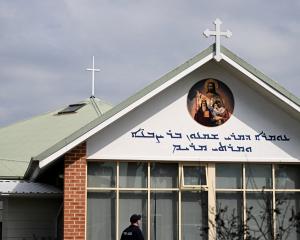Teenage girls are now just as likely to smoke dope as boys, according to statistics showing rates are at an all-time low but a "hard core" of addicts still remains.
The National Cannabis Prevention and Information Centre in Sydney released a report today confirming rates of cannabis use have continued to drop among Australians aged 14 to 39 over the past decade.
And while men in their 20s and 30s are still more likely to smoke the drug than their female counterparts, the gender difference has disappeared among teenagers.
"The idea that boys are more likely to smoke than girls is really a thing of the past now," said centre director Professor Jan Copeland.
Statistics show between 1995 and 2007 rates of teenage smoking dropped from 36 to 13 percent for boys and from 20 to 13 percent for girls.
"That's a spectacular drop for boys and a considerably smaller one for girls, because they were less risky in the first place, so now they're in the same place," Prof Copeland said.
Studies show a similar pattern for tobacco and alcohol use.
She said those deterred from cannabis over the decade were the low level experimenters who were always at less risk of harm and who took in the cannabis messages pitched in state and national campaigns.
"What we are left with now is the hard core of both boys and girls, if you like, the committed cannabis users who have other problems in their lives," Prof Copeland said.
"It's going to take more than an ad campaign on television to deter them."
The biggest group of committed smokers has historically been 20-somethings, but the report showed they were now in their 30s.
Prof Copeland said this was an ageing cohort of people who started smoking in the 1970s and 1980s and had failed to give up.
"Whilst we've been quite good in our public health attempts to deter people from smoking, we need to be thinking more about how to help those who are already entrenched and have remained there."
The report also examined cannabis-related presentations at two Sydney emergency departments and showed more than three quarters were male.
More than a third were violent and had mental health problems, including suicidal thoughts and major anxiety.












